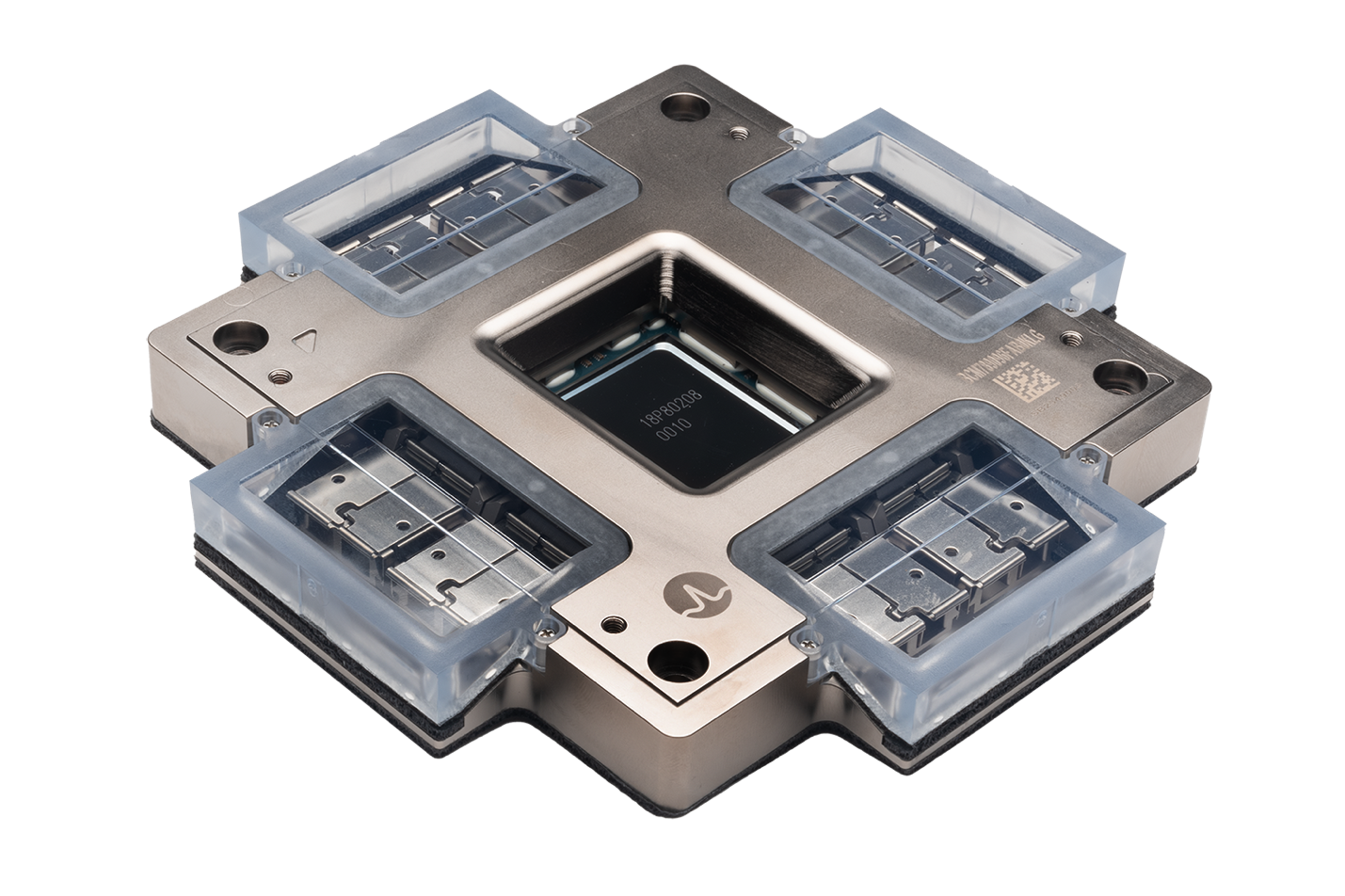Have you ever laid awake at night pondering the difference between M6 and 10/32 tapped holes?
Have you ever laid awake at night pondering the difference between M6 and 10/32 tapped holes?
While we hope it is not keeping you up at night, it is certainly a question worth asking. I've enlisted the help of Great Lakes Case and Cabinet to help distinguish between the two and possibly solve a problem for you at the same time.
M6
The M6 has a 3/8 square opening/hole that accepts 6mm hardware, Rapid Rail mounting, and cage nuts. Great Lakes has standardized the M6 for its rails (although 10/32 tapped holes rails are available upon request).
Tapped Holes
Basically, a tapped hole is a hole that contains internal threads. The 10/32 tapped holes accept screws that have 32 threads per inch. This is the original standard for 19 rack mount holes, but isn't as common now, due to the possibility of the threads being stripped or damaged or a bolt breaking off, thus making the mounting hole unusable.
Now Introducing: The Cage Nut
Nowadays most server racks have square holes. Rapid Rails can automatically latch into the square holes, allowing boltless mounting and making easy installation and removal of hardware.
A cage nut is a square nut that has threaded holes wrapped in a cage-like enclosure. Older equipment meant for racks with tapped holes can still be used if you use a cage nut. Cage nuts can be snapped into the square hole and be converted to a threaded hole.
So there you have it: the difference between M6 and 10/32 tapped holes. Now you can sleep.
Recent Posts
Introduction: A New Chapter in Optical Connectivit
Low-loss fiber connectivity is essential for...
Starting a data center hardware upgrade is a...
Posts by Tag
- data center (12)
- Fiber Optic Cables (11)
- Cabling (7)
- NETWORKING (6)
- Structured Cabling (6)
- Fiber Optic Cabling (5)
- Fiber Cable (4)
- Networking Cables (4)
- Fiber Cables (3)
- Hardware Security (2)
- IT Infrastructure (2)
- Port Replication (2)
- Sustainability (2)
- AI (1)
- Brocade (1)
- Carbon Offsetting (1)
- Data Security (1)
- FCOE Works (1)
- ICLs (1)
- IT Equipment (1)
- IT Network (1)
- IT infrastructures (1)
- POE (1)
- Switches (1)
- Tapped Holes (1)
- data centers (1)
- hardware (1)
- infrastructure (1)
- storage (1)
- strategy (1)
Popular Posts
Why does the gauge matter in my network’s racks?...
High dB loss in fiber optic cabling...
Let’s look at the construction of fiber optic...








